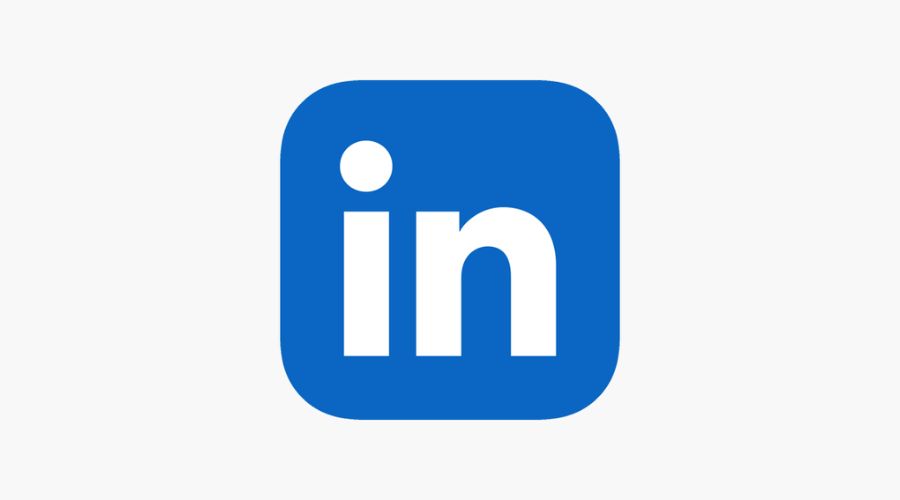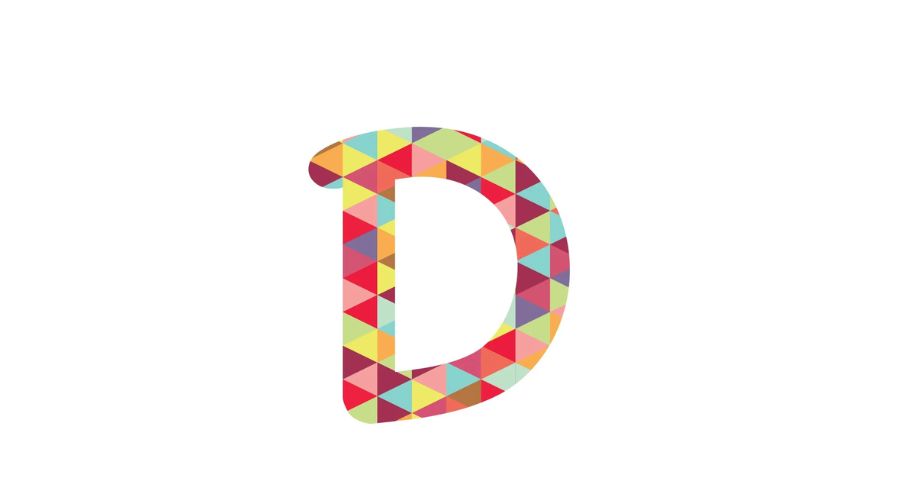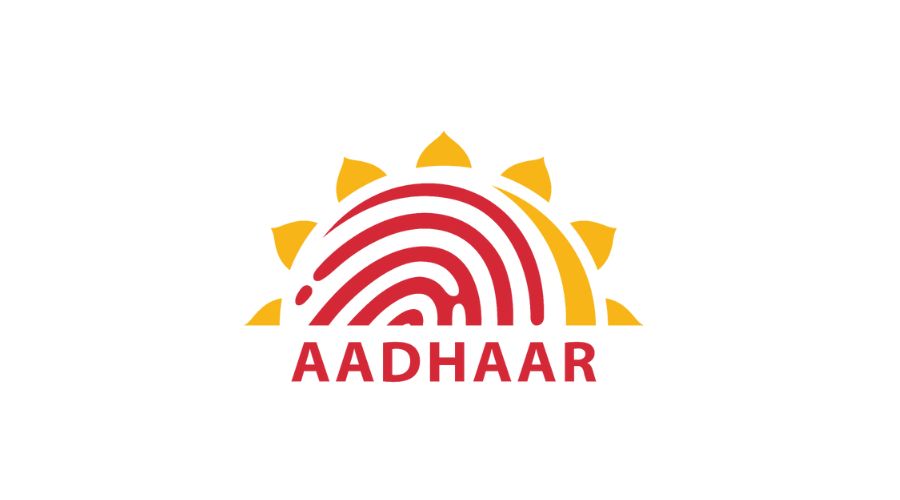Have you experienced a breach of data? Count your fortunate stars if not. According to statistics, there were 2,814, a record number of data breaches in 2023. The instances are still being reported; only last week, it was revealed that 7.5 million customers’ data of the Indian electronics business At Lifestyle had been compromised and made public on the dark web. Names, email addresses, and phone numbers—PII, or personally identifiable information—are increasingly being sold on forums. This information may be used for nefarious activities like phone scams, phishing emails, or blackmail. These assaults have the potential to seriously affect both the compromised organizations and their consumers.
Financial loss, harm to one’s reputation, loss of customers, legal repercussions, and production delays are all possible outcomes for businesses, and they may happen all at once.
It has been repeatedly demonstrated that humans can learn from adversity. Malicious actors have also forced these firms to learn some difficult lessons as a result of their careless cybersecurity procedures.
Before continuing, let us remember two things: Affected parties sometimes withhold information about how or what was compromised to maintain their composure. Secondly, there is a distinction between a data breach and a data leak: the former entails deliberate unauthorized access to data, while the latter usually entails the unintentional exposure of sensitive data.
Here are the top five data breaches that have ever been reported, arranged according to how many users or accounts were impacted:
1.LinkedIn

Hackers broke into the social media network in the middle of 2012, taking 117 million members’ email addresses and passwords—both premium and free—and stealing them. Initially, it was estimated that 6.5 million users were impacted, and LinkedIn did almost nothing to alert them to the problem. However, by 2016, the dark web was showing sales of all the stolen data. At that point, the business confirmed the incident and issued a statement recommending consumers use two-factor authentication, create unique passwords, and avoid reusing passwords. In response to a collective action brought by premium users of the employment platform in the United States, the firm agreed to pay $1.25 million in compensation to individuals who paid for a subscription between 2006 and 2012.
2.Dubsmash

In 2018, there was a data breach that damaged the once-popular video chatting service. After discovering that hackers were selling the stolen data on the dark web, the business disclosed this in 2019. Malicious actors gained access to user data, including names, usernames, email addresses, locations, and hashed passwords, by breaking into the app’s system. This poses a security concern since an attacker with the necessary time and resources might crack the passwords. The information of 162 million Dubsmash users was exposed, and the company’s only response was guidance on what to do in the event of a breach.
3.Marriott International

In 2018, there was a data breach that damaged the once-popular video chatting service. After discovering that hackers were selling the stolen data on the dark web, the business disclosed this in 2019. Malicious actors gained access to user data, including names, usernames, email addresses, locations, and hashed passwords, by breaking into the app’s system. This poses a security concern since an attacker with the necessary time and resources might crack the passwords. The information of 162 million Dubsmash users was exposed, and the company’s only response was guidance on what to do in the event of a breach. Marriott suffered severe financial and reputational damage as a result of the hack, which also cost the company money in system recovery expenses, fines for violating the GDPR privacy rights of British nationals, and legal action from consumers.
4.MySpace

The identical vendors that were said to possess credentials from an undisclosed security compromise in 2016 also provided the pilfered LinkedIn data. A breach that occurred on the once-popular website MySpace in 2013 resulted in the compromise of 360 million user data points. However, since the data breach wasn’t made public until 2016 due to the actions of bad individuals seeking financial advantage, it’s possible that they were unaware of it or chose not to disclose it. Time Inc., which had acquired MySpace by then, notified the members of this social network about the hack and clarified that their login credentials may have been used to access other websites. The disclosure of the hack dealt a serious hit to MySpace’s image and user base since the company was already finding it difficult to compete with more recent social networking networks.
5.Aadhar

In 2018, malevolent actors gained access to sensitive data by breaking encryption and using antiquated security procedures to compromise the Indian government’s ID database. The full names, addresses, biometric information, and Aadhaar numbers of 815 million residents were pilfered and then sold on the dark web, demonstrating the enormous breadth of the breach. The hack exposed those impacted to financial theft, privacy invasion, and a lack of faith in digital and governmental projects. The Indian government learned from the intrusion and strengthened the country’s cybersecurity infrastructure by implementing the most recent encryption technology, stronger access restrictions, and sophisticated authentication methods. This is an excellent example of a constructive reaction by the compromised institution.
Conclusion
It is important to emphasize that most of these data breaches were caused by assaults in which security flaws were discovered and used to obtain unauthorized access. It is far better to identify vulnerabilities early in the software development life cycle (SDLC) than to wait after a breach has occurred. For further information on breaches and protections against them, visit www.gurucent.com.
FAQs:
Q1. A data breach: what is it?
Ans: A breach of data occurs when unauthorized parties get access to private or sensitive information, such as Social Security numbers, bank account numbers, medical records, and company data (financial information, customer records, and intellectual property).
Q2. Which three categories of data breaches exist?
Ans: There are many different ways that security breaches may occur, such as through the use of software vulnerabilities, phishing attempts, malware infiltrations, or insider access that is not permitted. Numerous businesses have had numerous instances of security breaches in the recent past.
Q3. What is the most typical breach of data?
Ans: Weak and pilfered login information. Even though hacking attempts are usually mentioned as the main reason for data breaches, opportunistic hackers typically take advantage of the weakness or exposure of passwords or personal information.





